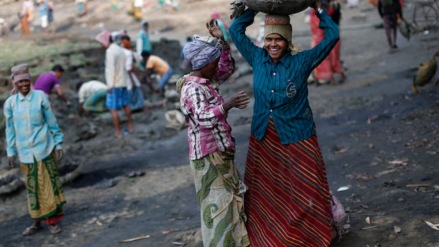Real rural wages have contracted in 25 of the 27 months to February, 2024, suggesting that the recovery in the hinterland could take longer than expected. February saw a big contraction of 3.1%; before this, the highest contraction was 2.9% in September, 2022.
The dip has been particularly sharp in the four months to February with rural inflation going up. Inflation faced by rural labourers ranged between 7.1 and 7.5% in the November 2023 -February, 2024 period.
The weakness in rural consumption has been evident for some time now. Wholesale dispatches of tractors, for instance, were virtually flat in 2023 compared with 2022. The trend has worsened in recent months; in the January- March quarter, they fell by about 23% over the corresponding quarter in 2023.
Again, sales of two-wheelers , especially those of low-end models, have been subdued for some time. At HeroMotocorp, which sells big numbers in the rural market, the four-year CAGR or compounded annual growth rate in wholesale volumes, was negative in every month in the year to February, 2024.
Rural consumption went up by just 0.5% y-o-y in the second quarter of FY24, the slowest pace recorded in eight quarters, an analysis by Motilal Oswal showed. Analysts at Nomura pointed out that most organised consumer companies highlighted that rural recovery had been slow in 2023 partly because the uneven monsoon impacted the kharif harvest.
Commentary from companies, post the March quarter earnings announcements, indicates that it could be a while before rural consumption picks up. At Hindustan Unilever (HUL), underlying volumes grew at just 1% y-o-y in the March quarter, partly because of weak rural demand. The HUL management observed that rural recovery is contingent upon agri incomes, labour incomes and repatriation incomes. At Dabur, the management noted there had been some improvement in rural demand in the March quarter.
The gross value added (GVA) for the agriculture sector contracted 0.8% y-o-y in Q3FY24, albeit on a strong base of 5.2% y-o-y. However, the sector had performed poorly even in Q2FY24, growing at just 1.6% y-o-y. This indicates that for FY24, the sector may not grow by much more than 1%.
The share of the workforce in agriculture had fallen to 42% in FY19 but went up in the following year to about 46% and stayed there in 2022-23. The high demand for work under the rural employment programme—MGNREGS—experts say, is an indication of the excess labour in the rural areas.
